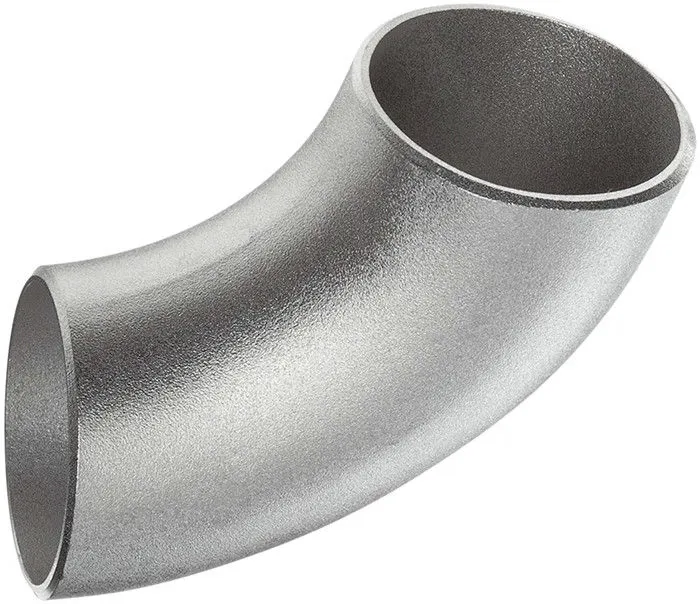-
Cangzhou Yulong Steel Co., Ltd.
-
Phone:
+86 13303177267 -
Email:
admin@ylsteelfittings.com
- English
- Arabic
- Italian
- Spanish
- Portuguese
- German
- kazakh
- Persian
- Greek
- French
- Russian
- Polish
- Thai
- Indonesian
- Vietnamese
- Zulu
- Korean
- Uzbek
- Hindi
- Serbian
- Malay
- Ukrainian
- Gujarati
- Haitian Creole
- hausa
- hawaiian
- Hebrew
- Miao
- Hungarian
- Icelandic
- igbo
- irish
- Japanese
- Javanese
- Kannada
- Khmer
- Rwandese
- Afrikaans
- Albanian
- Amharic
- Armenian
- Azerbaijani
- Basque
- Belarusian
- Bengali
- Bosnian
- Bulgarian
- Catalan
- Cebuano
- China
- China (Taiwan)
- Corsican
- Croatian
- Czech
- Danish
- Esperanto
- Estonian
- Finnish
- Frisian
- Galician
- Georgian
- Kurdish
- Kyrgyz
- Lao
- Latin
- Latvian
- Lithuanian
- Luxembourgish
- Macedonian
- Malgashi
- Malayalam
- Maltese
- Maori
- Marathi
- Mongolian
- Myanmar
- Nepali
- Norwegian
- Norwegian
- Occitan
- Pashto
- Dutch
- Punjabi
- Romanian
- Samoan
- Scottish Gaelic
- Sesotho
- Shona
- Sindhi
- Sinhala
- Slovak
- Slovenian
- Somali
- Sundanese
- Swahili
- Swedish
- Tagalog
- Tajik
- Tamil
- Tatar
- Telugu
- Turkish
- Turkmen
- Urdu
- Uighur
- Welsh
- Bantu
- Yiddish
- Yoruba

Oct . 06, 2024 15:29 Back to list
42 inch pipe cap
Understanding 42-Inch Pipe Caps A Comprehensive Overview
In the realm of industrial piping systems, the importance of caps cannot be underestimated. They serve crucial functions in various applications, including water treatment facilities, oil refineries, and chemical processing plants. One such common size is the 42-inch pipe cap, a vital component in managing the flow and containment of substances within pipelines.
What is a Pipe Cap?
A pipe cap is a fitting that is used to seal the end of a pipe. This component ensures that the contents within the pipeline remain contained, preventing leakage and maintaining system pressure. Caps are essential for both temporary closures during maintenance and permanent terminations of pipe runs.
Key Specifications of 42-Inch Pipe Caps
The designation 42-inch refers to the nominal pipe size, which is a standardized measure often used in North American piping systems. The actual outer diameter of a 42-inch pipe cap may vary depending on the material and the manufacturing specifications. Typically, these caps are made from materials such as carbon steel, stainless steel, ductile iron, or plastic, each offering different advantages depending on the application.
Applications of 42-Inch Pipe Caps
42-inch pipe caps find utility in numerous industries. In the oil and gas sector, they are used to cap off abandoned wells or storage tanks, preventing contamination and ensuring safety. In municipal water systems, these caps can secure water mains, protecting them from external contaminants while maintaining pressure within the pipeline.
42 inch pipe cap

In addition to utility uses, 42-inch caps also play a role in construction and infrastructure projects. They can be employed to temporarily seal pipes during construction phases or maintenance routines, ensuring that debris does not enter the system.
Installation Considerations
Installing a 42-inch pipe cap requires careful attention to detail to ensure a proper fit and seal. Professionals typically use welding or threading methods, depending on the pipe material and application. Before installation, it is crucial to inspect the pipe for any damage and ensure that the surfaces are clean and free of corrosion. Proper alignment is essential to avoid stress points that could lead to failure over time.
Maintenance and Testing
Regular inspection and maintenance of pipe caps are necessary to ensure their functionality and safety. For high-pressure applications, testing under controlled conditions can help identify potential weak points or risks of leaks. Depending on the material, certain caps may also require additional protective coatings to resist corrosion and extend their lifespan.
Conclusion
In summary, the 42-inch pipe cap is a fundamental element in various piping systems, offering solutions for containment, safety, and integrity of pipelines. With applications extending across multiple industries, understanding their specifications, installation methods, and maintenance requirements is crucial for engineers and technicians alike. A well-installed and maintained cap contributes significantly to the overall performance and safety of the piping system, highlighting its indispensable role in industrial operations.
From ensuring the safe transport of hazardous materials to serving as critical components in everyday water systems, the significance of 42-inch pipe caps cannot be overstated. Their sturdy design and functionality make them essential for maintaining the integrity of large-scale piping networks, underscoring the importance of quality in their manufacturing and installation.
Latest news
-
ANSI 150P SS304 SO FLANGE
NewsFeb.14,2025
-
ASTM A333GR6 STEEL PIPE
NewsJan.20,2025
-
ANSI B16.5 WELDING NECK FLANGE
NewsJan.15,2026
-
ANSI B16.5 SLIP-ON FLANGE
NewsApr.19,2024
-
SABS 1123 FLANGE
NewsJan.15,2025
-
DIN86044 PLATE FLANGE
NewsApr.19,2024
-
DIN2527 BLIND FLANGE
NewsApr.12,2024
-
JIS B2311 Butt-Welding Fittings LR/SR 45°/90° /180°Seamless/Weld
NewsApr.23,2024











